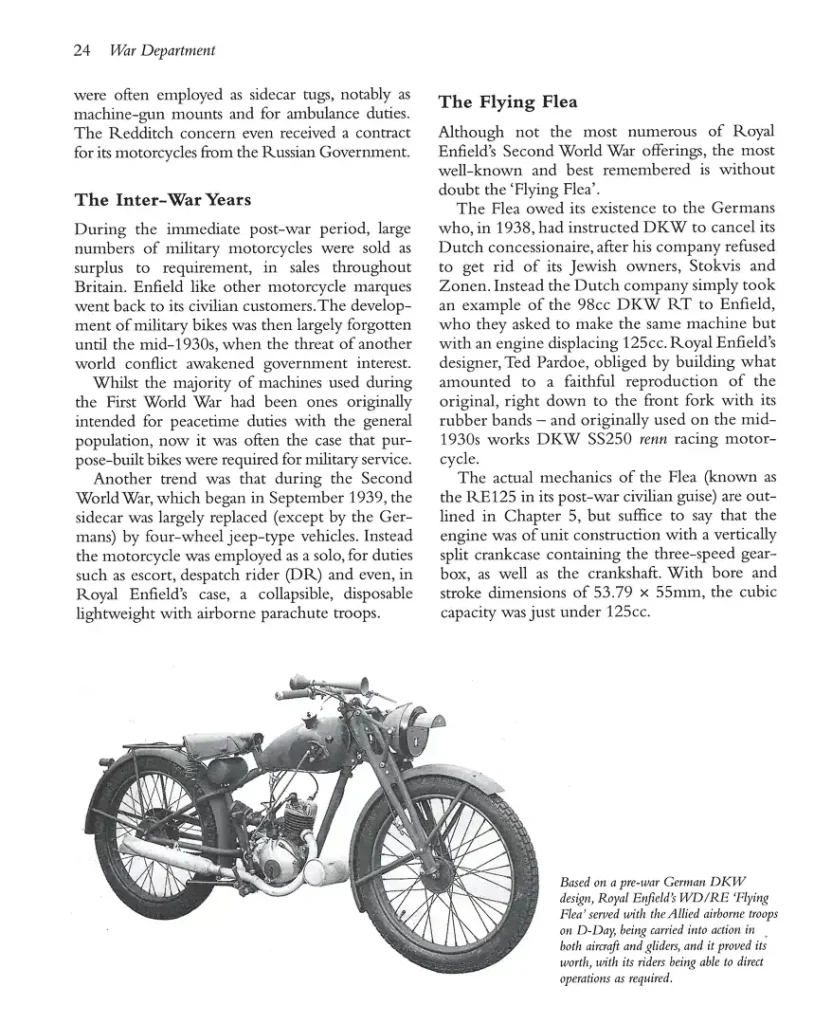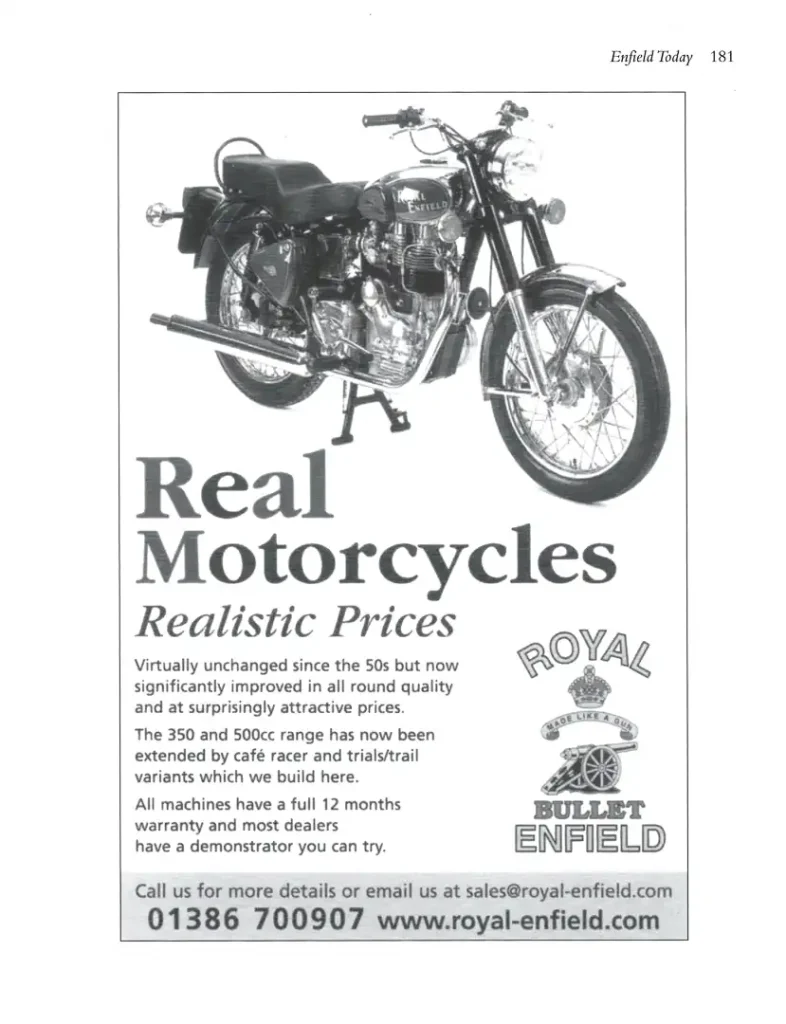This whole Enfield Factory motorcycle thing started last Sunday. I was scrolling through some old photos from a trip to India a few years back and kept seeing these tough-looking bikes everywhere. Got me wondering where they actually came from, so I grabbed my laptop and dove into the rabbit hole.

The First Surprise
Turns out Enfield ain’t Indian at all! My initial Google search showed “Royal Enfield India” everywhere, but deeper digging proved me wrong. Spent hours cross-checking manufacturing records and patent archives. Learned they began way back in 1893 in Redditch, England – making bicycles first, then adding engines later. Total shocker since I’d only seen them on Indian roads.
Tracking the Timeline
Tried to map their motorcycle evolution like this:
- 1898 – Just bicycle parts with motors bolted on
- 1914 – War contracts made them mass-produce proper bikes
- 1955 – Mad licensing deal with India’s Madras company changed everything
Found contradictory production numbers everywhere though. One archive claimed 2,000 bikes in 1920, another said 5,000. Drove me nuts verifying facts through museum catalogs and collector forums.
Dead Ends & Discoveries
Hit a wall researching WWII models until I stumbled on a vintage mechanic forum. Some bloke in Yorkshire shared factory blueprints his grandad smuggled home in 1945! That explained why the military bikes kept breaking down – oil pumps were placed too close to exhaust pipes. Classic design flaw nobody talks about.
The Eureka Moment
Everything clicked when I tracked the Indian factory takeover. British management screwed up royally in the 70s – tried cutting costs by using cheap Indian steel in Bullet models without testing. Frames cracked within months! Went bankrupt by 1990 while the Indian branch thrived using local materials. Perfect example of ignoring local context.

Honestly? I only meant to spend 20 minutes on this. But three sleepless nights later, I’m planning a UK factory ruin expedition next summer. History’s messy as hell, but damn if those grease-stained stories don’t stick with you.
